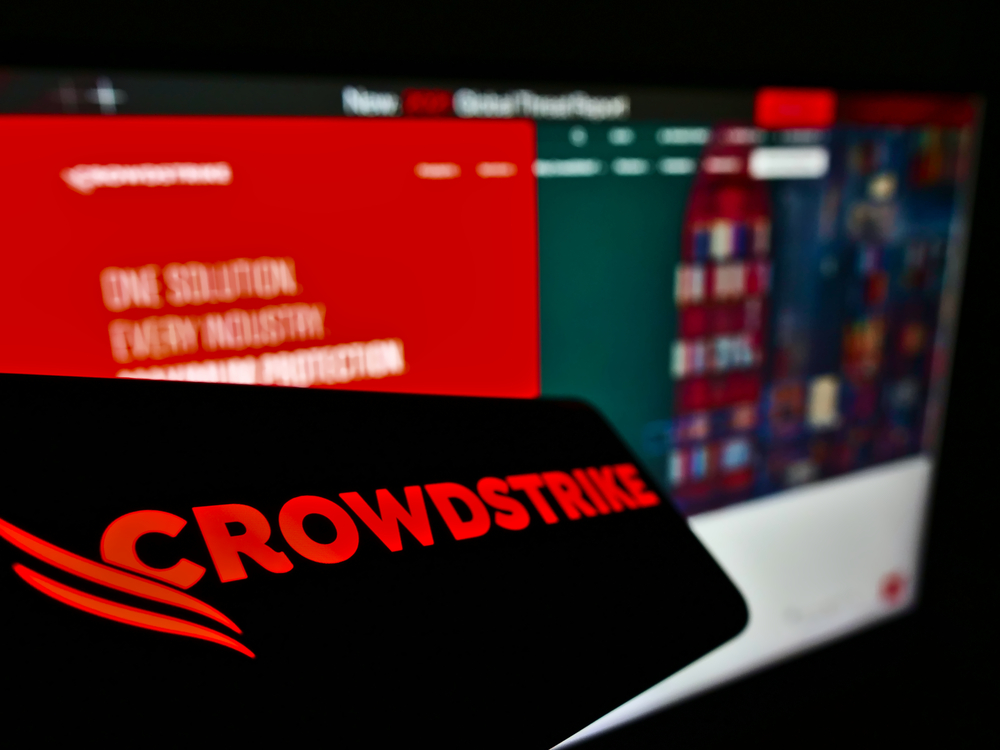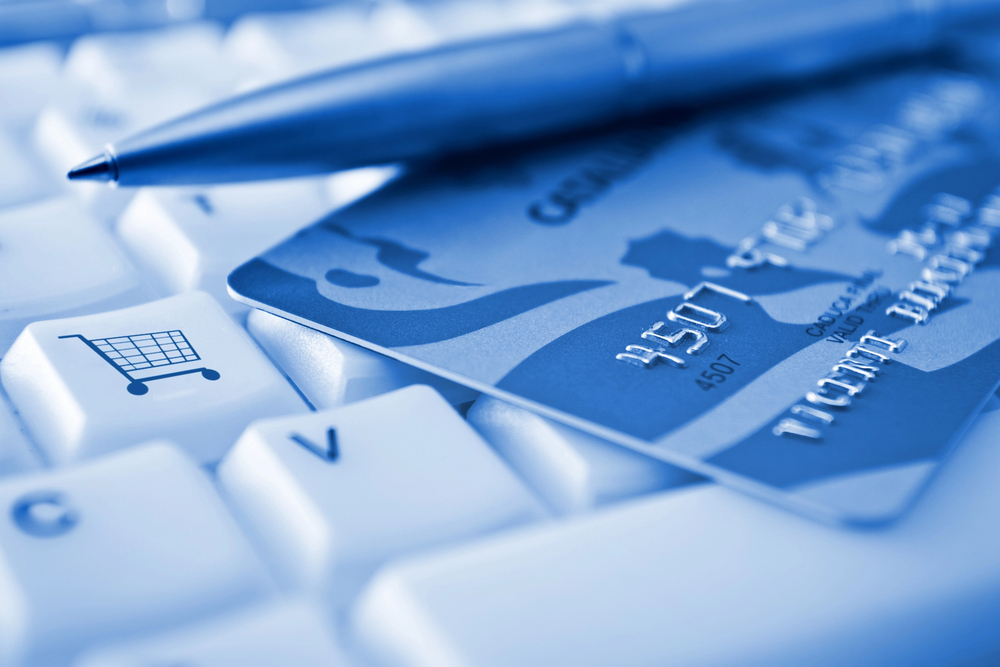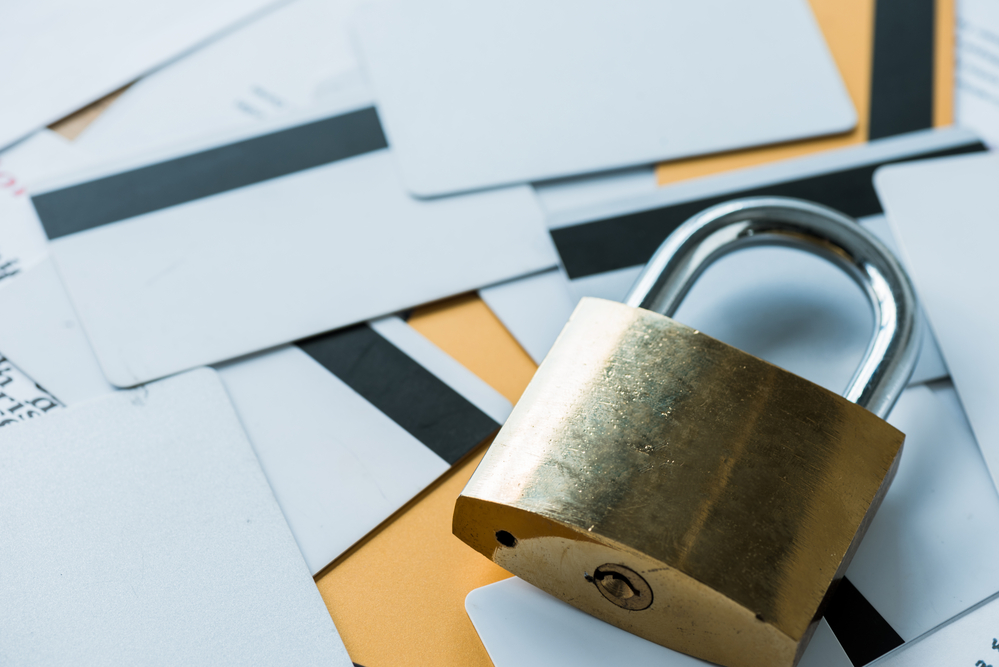
What Does Pick Up Card Mean? A Decline Message Nightmare and Its #1 Solution
Jul 24, 2023 3 minutes
In the world of merchant services, one of the few things more frustrating than a declined transaction is not fully understanding why that decline happened.
Credit card decline messages, those short, often cryptic notes that appear on your terminal, can be a source of confusion and frustration for both merchants and customers alike. They disrupt the smooth flow of transactions and can lead to uncomfortable situations at the checkout counter.
One such message that often leaves merchants puzzled is the “Pick Up Card” message. A seemingly simple instruction, this decline message can leave you, the merchant, with more questions than answers.
What exactly does it mean? Why is it appearing now, in the middle of a transaction? And perhaps most importantly, what can you do about it?
In our role as an expert merchant services provider, we’ve helped countless businesses navigate the challenges of credit card decline messages. In this blog post, we will demystify the “Pick Up Card” message. Our goal is to equip you with a better understanding of this message, explain why it appears, and arm you with practical steps to handle it.
What does Pick Up Card mean as a decline message?
In essence, the “Pick Up Card” decline message is a signal from the card issuer – typically an issuing bank or other financial institution – asking the merchant to retain the card. While it doesn’t necessarily mean you have to physically “pick up” or confiscate the card, it does indicate that the transaction should not proceed.
The message is an alert that there’s an issue with the card, which warrants immediate attention. It’s a prompt for the cardholder to get in touch with their bank or card issuer.
This decline message usually pops up during the point-of-sale transaction when you, as the merchant, swipe, insert, or key in the card details. It’s one of the responses coded into credit card networks to manage potentially problematic transactions and safeguard the interests of all parties involved – the cardholder, the merchant, and the card issuer.
For reference, it has the card error 04 decline code.
Why am I receiving the Pick Up Card message on my terminal?
The “Pick Up Card” error code is not just a random occurrence. It’s a considered response triggered by specific situations. Let’s explore the most common reasons behind this message:
- Suspected Fraud: One of the primary reasons you might see this decline message is when the card issuer suspects fraudulent activity. The “Pick Up Card” message is designed to prevent potential fraud by stopping transactions in progress if a stolen or lost card has been reported, or if there are suspicious purchasing patterns.
- Issues with the Cardholder’s Account: Sometimes, this message can appear when there are severe issues with the cardholder’s account. This might include things like default on payments, insufficient funds (including a credit limit), a frozen bank account, an expired card, or account closure. By stopping the transaction, the customer’s bank prompts them to reach out to them, thereby facilitating a resolution of the account issues.
- Technical Glitches: While less common, technical errors or problems with data transmission can also trigger the “Pick Up Card” message. This could be due to a problem with the credit card network (Visa, Mastercard, American Express), the card issuer’s systems (e.g., connecting to the wrong account number), or even an issue with the card’s magnetic strip or chip.
It’s important to remember that the specifics behind the “Pick Up Card” message aren’t visible to you. The card issuer does not share detailed information due to privacy and security reasons. The key takeaway is that this message acts as a red flag, indicating that there’s an issue that needs addressing before transactions can proceed.
Need more clarity? Get in touch!
Impact on Merchants and Customers
Encountering a “Pick Up Card” message can be disruptive, both for you as a merchant and for your customer. But the extent of its impact can vary depending on the situation. Let’s dive deeper into how this decline message affects both parties:
- Disrupted Transactions: The most immediate impact of a “Pick Up Card” message is the interruption of a card transaction. The halt can create an awkward situation at the checkout counter, potentially leading to embarrassment for the customer and unease for your staff or customer support team.
- Potential Loss of Sales: When a transaction can’t proceed due to the “Pick Up Card” message, there’s an immediate potential for loss of sales, especially if the customer doesn’t have an alternative form of payment. This can be particularly significant for high-ticket items or services.
- Damage to Customer Relationships: An unexpected decline message can create a negative customer experience, which may damage your relationship with the customer. They may feel embarrassed, frustrated, or even unfairly treated, particularly if they’re unaware of the issue causing the message.
- Lower Approval Rate: If fraudsters are using your checkout as a test for stolen cards, the continued trial and denial of these cards will decrease your approval rate. It’s important to have strong fraud prevention measures in place and block repeat payment attempts.
What Can Merchants Do About the “Pick Up Card” Message?
While the “Pick Up Card” message can feel daunting, there are practical steps that you, as a merchant, can take when encountering it:
- Immediately Stop the Transaction: As soon as the “Pick Up Card” message appears, the transaction should be stopped. Don’t allow the card to be tried again. Remember, this message is a clear indication from the card issuer that something is amiss. There is a problem with the checking account in some way. It could be as harmless as the credit card number or CVV being entered incorrectly too many times. Either way, the customer’s card cannot be used and should not be tried multiple times.
- Communicate with the Customer: Gently inform your customer that there seems to be an issue with their card and that their bank or card issuer has stopped the transaction. Maybe they’re using a new card on a large purchase or their credit/debit card is expired. If you have live chat (even a chatbot), that makes it easier as you can simply have a popup saying what the issue is and what the next steps are.
- Suggest Alternatives: Propose other payment methods, such as using another card or PayPal. This can help ensure that you don’t lose out on the transaction and that the customer still gets what they came for with minimal inconvenience. On your ecommerce store, it’s very easy to display a “Sorry, your payment failed. Try another payment method?” pop-up.
- Connect with Your Payment Processor: If you have questions or concerns, get in touch with your payment processor or payment gateway. They can provide you with additional guidance, and in some cases, they might be able to share more details about the decline message on your POS.
- Utilize Fraud Detection Tools: Modern payment processing systems come with built-in fraud detection functionality that allow you to stop repeat transaction, block card numbers and networks, and limit access to your checkout based on the customer’s IP address. Use these tools to your advantage.
Prevention is Better Than Cure
Encountering a Pick Up Card decline message can be a stressful experience, but as we’ve explored in this post, it doesn’t have to be. By understanding what this message means, why it appears, and how to handle it, you can manage these situations confidently and professionally, reducing potential disruption and maintaining a positive relationship with your customers.
However, dealing with decline messages is just one piece of the puzzle in managing your merchant services effectively. To truly succeed, you need a robust, flexible, and supportive payment processing solution – especially if your business operates in a high-risk industry.
That’s where DirectPayNet comes in. We specialize in providing high-risk merchant accounts, offering you not just state-of-the-art payment processing solutions, but also dedicated support and expert guidance. With us, you can navigate not just decline messages but also the many other challenges and opportunities in the payment landscape.
Contact us today to learn more about our services and how we can empower your business for success.




